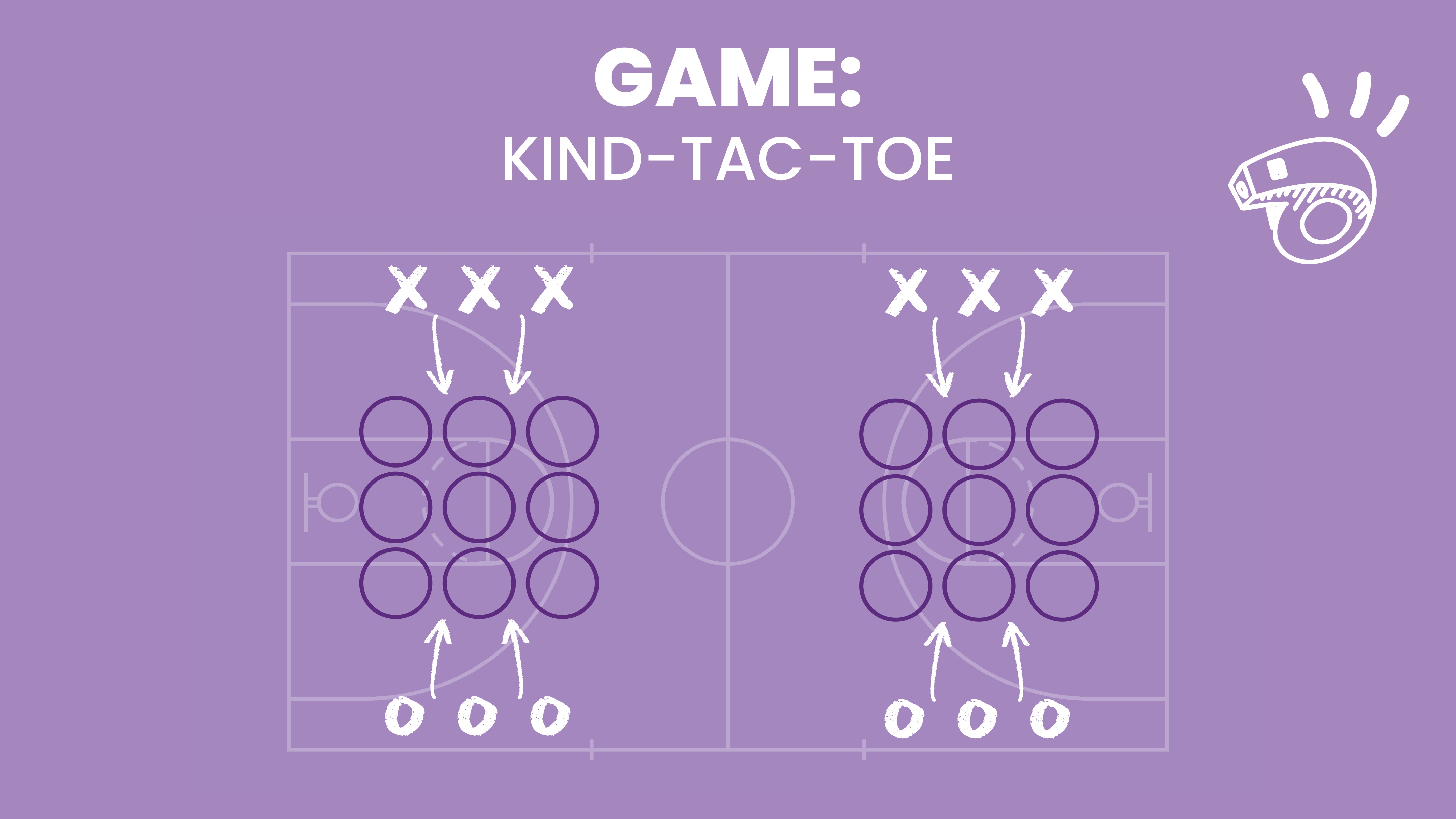Kind-Tac-Toe
Play a tic-tac-toe game to practice giving compliments that recognize strengths in others.

Game
Play a tic-tac-toe game to practice giving compliments that recognize strengths in others.

Giving and receiving compliments help us to be mindful and show gratitude.
Say: We are going to play a game of "Mingle" to help us learn about compliments. (Refer to the It's Complimentary printable for guidance and practice on giving sincere compliment.)
A compliment is when you congratulate or praise someone. Compliments are always kind. The best compliments are sincere, meaning they are honest and true, not false. Giving and receiving compliments creates feelings like happiness, joy, and gratefulness—for yourself and others. Some compliment starters include:
The most important thing to know is that giving and receiving sincere compliments will inspire happiness while supporting others!
Today we are going to play a game called “Kind-Tac-Toe” to practice giving and receiving compliments.
Form teams of 3 versus 3. Each learner gets one placement marker (e.g., beanbag, scarf).
On “Go,” the first learner from each team runs to the tic-tac-toe board. They place their marker in one of the hula hoops.
After placing the marker, the learner runs back to their team. Before the next learner can go, the returning learner must say a compliment to the next team member.
Encourage kids to think beyond appearance and give compliments such as:
The next learner then runs to place their marker in an open hoop. The goal is to get 3 markers in a row (horizontally, vertically, or diagonally).
If all 3 markers are placed with no tic-tac-toe, the next learner will move one of their team's markers to an open hoop.
The team in line behind the hula hoops will judge the game. After the game, the winning team stays to play again. The judging team comes on to challenge, and the next 3 in line will judge the next game.
Multiple games can be played simultaneously to keep everyone engaged.
In addition to giving complements, kids can practice additional acts of kindness with the It’s Cool to Be Kind activity.
Share an example of a compliment you can give another person.
Learn about setting short-term goals during a throwing and catching activity.
Play GameWould you Rather? is a fun and engaging physical education game designed to teach learners about healthy choices through movement. The game involves a series of challenges that require students to use various movements and actions to represent different healthy behaviors.
Play GamePlay a game to practice mindful greetings and communication skills.
Play GameThis PE game uses movement and music to teach kids what influences their healthy choices.
Play GameIn this PE game, learners practice making healthy recharge, mood, food, and move choices at different activity stations.
Play Game